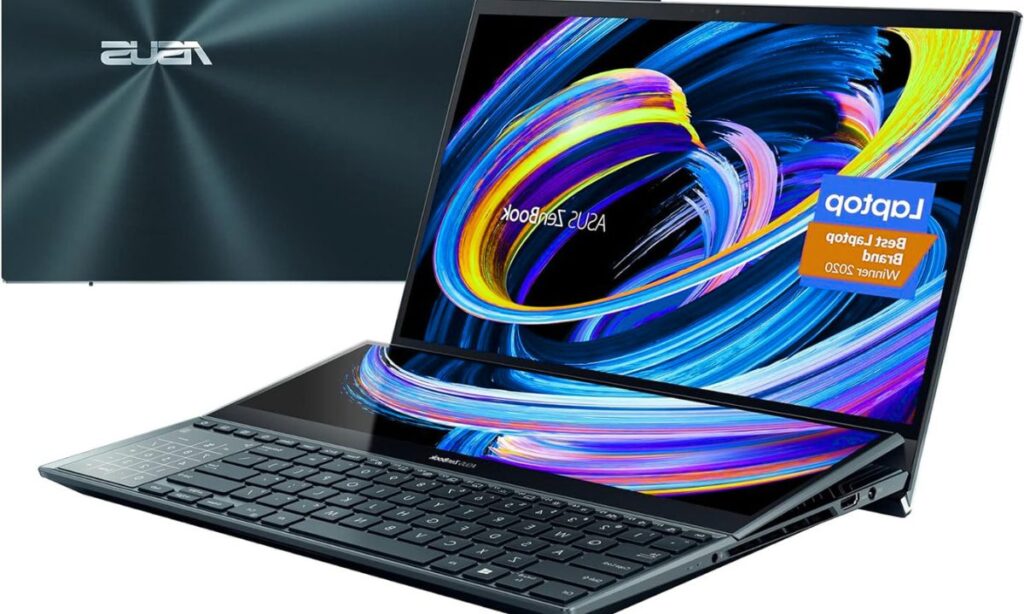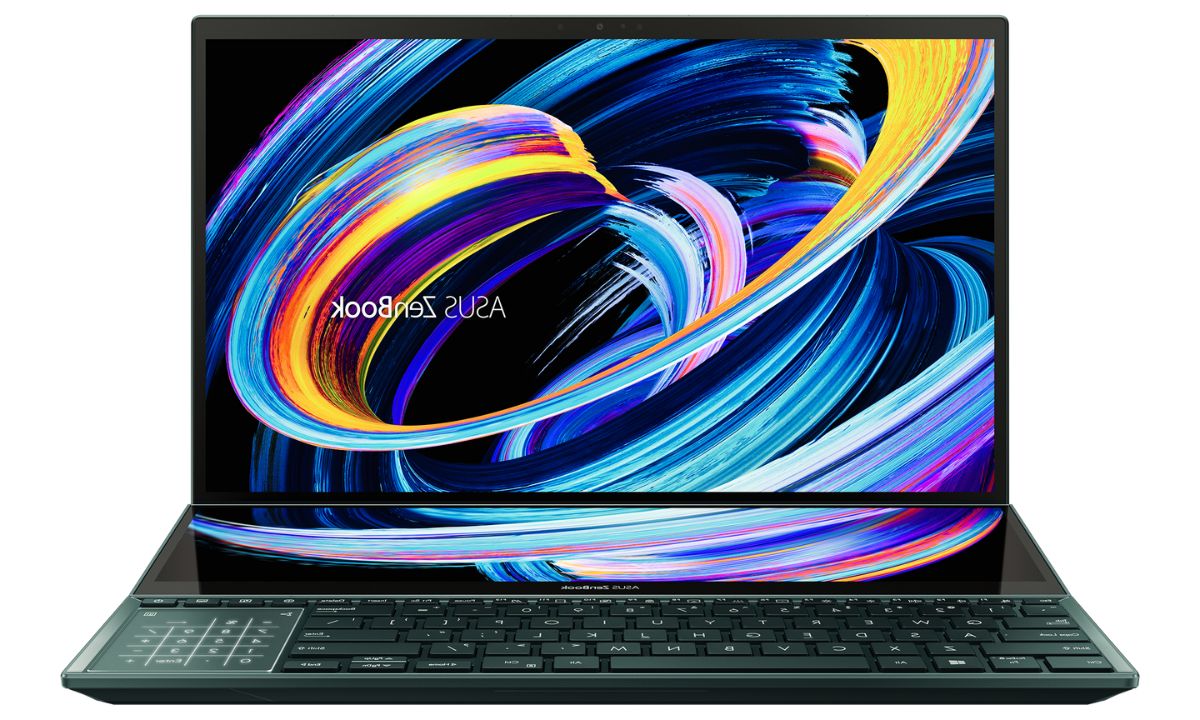Discover the irresistible appeal and hidden drawbacks of an ASUS touch screen laptop. A detailed, human-written guide exploring design, performance, usability, and whether it’s worth the investment.
A First Touch – Where Curiosity Meets Comfort
The first time your fingers glide across the smooth, cool surface of an ASUS touch screen laptop, it feels strangely personal. The glass responds instantly, tracing your gestures with precision, as though the machine itself is listening. There’s a whisper of intimacy in the way your touch becomes a command, your movement transforming into action without the need for keys or clicks.
It’s not just technology—it’s a sensation. The gentle friction of the display, the satisfying responsiveness, and the lack of mechanical barriers create a connection between user and device that feels fresh every time you open it.
The Beauty of Design – Seduction in Slim Form
ASUS doesn’t just make laptops—they sculpt them. The first impression of their touch screen models is often one of understated elegance. Slim bezels frame the vibrant display, the metallic finish catches the light just enough to look premium without feeling pretentious, and the hinge folds with a reassuring smoothness.
This isn’t a machine that hides in the corner of a desk. It draws the eye, almost demanding you run a hand along its cool surface. There’s a certain satisfaction in owning a laptop that not only works well but also looks like a piece of modern art.
Display – A Canvas for Your Fingers
A touch screen only shines when paired with a display worth touching, and here ASUS often delivers. The colors are rich, the contrast deep, and the brightness more than enough to cut through daylight glare. Watching videos becomes a small luxury, as if the world inside the screen is lit more vividly than reality.
Whether you’re sketching with a stylus, swiping through a photo gallery, or scrolling through long articles, the responsiveness feels almost indulgent. The glass catches reflections like a pool of still water, but it’s quick to obey, shifting and changing with the smallest nudge.
Performance – Smooth Until It’s Not
Under the beauty lies the question every buyer eventually asks: does it perform? For most daily tasks—web browsing, document work, streaming, and light creative applications—the answer is a confident yes. ASUS touch screen laptops often pair capable processors with solid RAM, making multitasking fluid and stress-free.
But push it into heavier territory—large-scale video editing, intense 3D rendering, or extended high-load gaming—and cracks begin to show. The smooth responsiveness you adore during normal use can stumble, leaving you tapping the screen impatiently. It’s not a deal-breaker for everyone, but it’s worth noting that elegance often has its limits.
The Drawbacks – When Touch Becomes a Burden
It’s easy to romanticize a touch screen—until fingerprints smudge the illusion. Every swipe leaves a trace, every tap a tiny shadow. Unless you carry a microfiber cloth like a secret weapon, you’ll find yourself staring through a veil of smudges.
Then there’s the matter of practicality. While touch controls are wonderful for browsing, scrolling, and certain creative work, typing-intensive tasks still favor the keyboard. Extended touch use can also lead to a strange kind of fatigue—not in your fingers, but in your patience. Sometimes the old-fashioned click feels faster, simpler, and less prone to accidental input.
Portability – A Companion You Want to Show Off
A good ASUS touch screen laptop isn’t just for work—it’s a travel companion, a café table statement, and a boardroom tool. Many models are surprisingly light, slipping easily into a backpack without weighing you down. The hinges, especially in convertible models, add flexibility—flip it into tent mode for presentations, lay it flat for collaboration, or fold it into tablet form for reading.

This versatility feels like owning several devices in one. It’s a luxury for travelers, students, and professionals who value adaptability as much as raw power.
Battery Life – The Double-Edged Sword
Touch screens draw more power than standard displays, and in some asus touch screen laptop models, this is noticeable. While battery life is respectable for light work, heavy touch interaction combined with brightness on high can cut your unplugged hours short.
On the positive side, ASUS has worked to optimize efficiency in newer models, so casual users won’t feel constantly tethered to a charger. But if your lifestyle demands all-day endurance, you’ll need to choose carefully within the lineup.
Audio Experience – Sound You Can Feel
The speakers on many ASUS touch screen laptops carry a surprising depth. Whether it’s the bass of a movie soundtrack or the crisp notes of acoustic guitar, there’s richness that pulls you into the moment.
It’s not home-theater level, but it’s intimate—good enough to fill a room with warm sound while you work or unwind. Paired with the touch screen, it turns video watching into a tactile and auditory treat, where swiping between scenes feels like flipping through the pages of a living book.
Creativity – A Playground for the Imagination
For digital artists, designers, and note-takers, the ASUS touch screen laptop is more than a tool—it’s a playground. Using a stylus transforms the screen into a sketchpad, the smooth glass translating each stroke into precise digital ink.
Ideas flow faster when the barrier between thought and creation is so thin. Whether you’re outlining a novel, annotating documents, or freehand drawing, the device encourages a more direct, almost intimate interaction with your work.
Durability – Grace Under Pressure
One of the silent concerns about touch screen laptops is longevity. With asus touch screen laptop, the build quality often inspires confidence. The hinges are sturdy, the screen resists flex under pressure, and the chassis feels solid enough to handle years of opening, closing, and flipping.
That said, the glass surface will always be more vulnerable than a traditional matte display. A small drop or rough handling could lead to heartbreak, which is why protective cases and careful use remain part of the deal.
Software Integration – Making Touch Feel Natural
Windows 11’s touch-friendly interface pairs beautifully with ASUS’s hardware. Gestures like pinch-to-zoom, swipe-to-scroll, and drag-and-drop feel natural and fluid. ASUS also includes software utilities that allow for quick customization of touch sensitivity and pen input, giving users control over how the device responds.
This seamless integration means you spend less time adjusting settings and more time actually using the features you bought the laptop for.
The Learning Curve – From Habit to Instinct
At first, using a touch screen on a laptop feels like a novelty. You’ll find yourself hesitating between reaching for the trackpad or tapping the display. But over time, instinct takes over. Soon, you’re pinching to zoom on spreadsheets, swiping through browser tabs, and dragging images as naturally as breathing. That shift—from conscious habit to unconscious reflex—is when you realize the ASUS touch screen laptop has quietly changed how you interact with technology.
The Everyday Companion – Quietly Reliable
Beyond the flashy features and sleek design, there’s a simple truth: a laptop becomes part of your daily rhythm. The ASUS touch screen laptop slips easily into that role. It boots quickly for morning emails, stays responsive during work marathons, and transitions smoothly into entertainment at night. Its touch functionality doesn’t just enhance creative tasks—it makes casual browsing and reading feel effortless, as though the barrier between thought and action has been removed.
The Emotional Pull – Why It’s Hard to Go Back
Once you’ve lived with a touch screen laptop, returning to a traditional display feels strangely limiting. There’s a subtle sense of connection missing—the direct, almost intimate way your hand shapes the screen’s response. That’s the emotional hook of an ASUS touch screen laptop. It’s not just about faster navigation or better visuals; it’s about the feeling that the device is truly yours, responding to your unique touch in a way no mouse or keyboard can replicate.
The Price Question – Is It Worth It?
An ASUS touch screen laptop typically costs more than a non-touch equivalent. You’re paying for the added hardware complexity, design finesse, and versatility. For those who will truly use the touch and convertible features, this premium is well worth it.
However, if you see yourself defaulting to the keyboard and trackpad most of the time, you might wonder if the extra cost is justified. This is where self-awareness matters—buying for how you actually work, not how you imagine you might.
Who Should Consider It?
These laptops are ideal for creative professionals, students in design or architecture, frequent travelers, and anyone who values versatility in their tech. They’re also perfect for those who consume a lot of media, love handwritten notes, or prefer a more tactile relationship with their devices.
If you’re purely focused on raw performance for heavy computing tasks, you might be better served by a traditional laptop with higher specs for the same price.
Final Verdict – A Love Story with Flaws
Owning an ASUS touch screen laptop is like being in a relationship with someone fascinating and beautiful—captivating, versatile, and inspiring, yet occasionally frustrating. The moments of delight—swiping through photos, sketching on a whim, watching movies in vibrant color—often outweigh the inconveniences of fingerprints, battery drain, or occasional performance dips.
For those willing to embrace its nature, it’s not just a computer—it’s an experience. And in a market full of predictable, boxy devices, that’s worth something.

